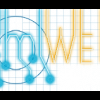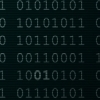Introduction (5.0/5.0 stars)
Autodesk recently released new versions of their popular 3d packages including a new version of 3ds Max. 3ds Max is available as a stand-alone package or as part of the Entertainment Creation Suite bundled with Mudbox, MotionBuilder, and Softimage. Now that 3ds Max is available as part of suite, we are starting to see features that make it easier to work across the suite packages. Within 3ds Max 2012 are several options in the File menu that let you send the current scene to Mudbox, MotionBuilder, or to the ICE interface of Softimage. This is a huge efficiency gain for artists that use these packages.
Another big change for 2012 is that 3ds Max has adopted the darker color scheme as the default. This darker scheme provides less eye strain when using the software over an extended period of time.
Nitrous Viewports and Non-Photorealistic Rendering
One of the biggest initiatives that the Max team has been working on lately is to increase the speed, features and ability of the viewport rendering system. If details such as textures, shadows and even ambient occlusion can be rendered in the viewports, then there is no need to do repeated test renders, thus saving time and processor cycles.
The new Nitrous display drivers are optimized to take advantage of the new accelerated GPUs and multi-core processors by threading the rendering process independent of the interface, which results in much faster renders than the older DirectX drivers and they enable a host of features including unlimited lights, soft shadows, transparency and ambient occlusion.
The Nitrous drivers also use a progressive refinement technique that quickly updates the viewport with a close approximation as you navigate the scene and then refines the display quality when you stop or pause. By displaying even the approximated view, the scene maintains its visual fidelity and lets you make informed decisions without having to wait for a complete render.
The new Nitrous drivers also let you select and render directly in the viewport several stylized, non-photorealistic rendering options including Graphite, Colored Pencil, Ink, Color Ink, Acrylic, Pastel and Tech. Figure 1 shows a rendering using Color Ink and Colored Pencils rendering methods.
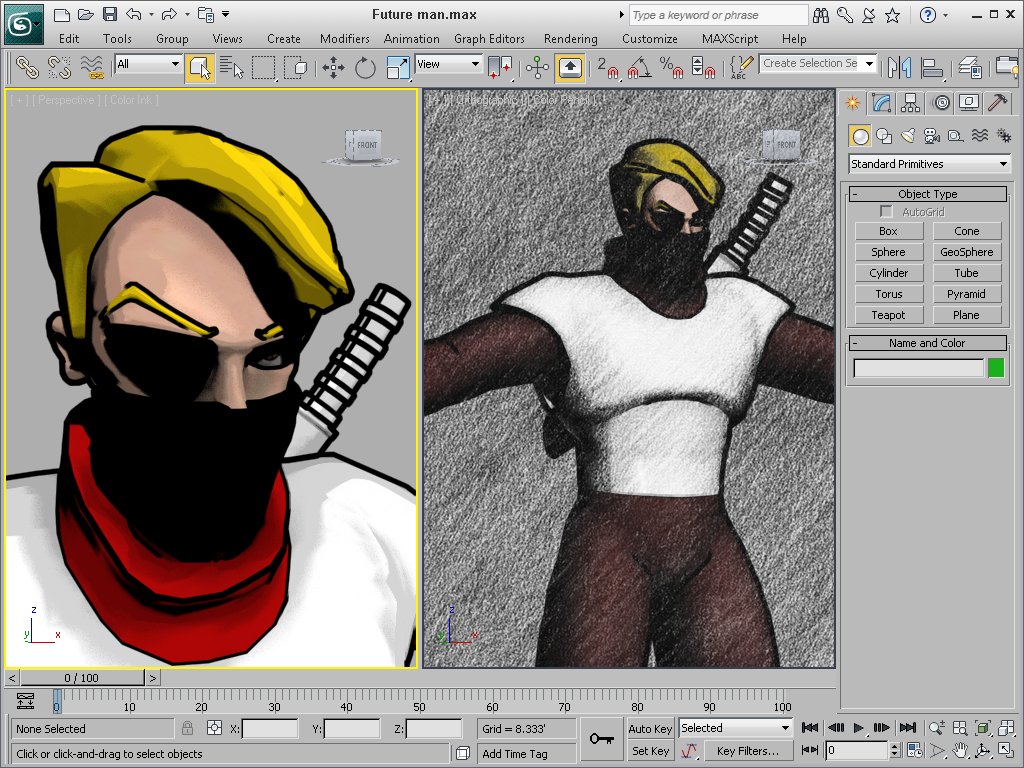
Figure 1: Using the Nitrous display drivers, you can switch to stylized rendering options like Colored Ink and Pencil.
PhysX's MassFX Tools
The new MassFX rigid-body simulation system is based on NVIDIA's PhysX engine and replaces the reactor physics system found in previous versions of Max. The benefits of the MassFX system are better accuracy, improved integration with Max's existing animation features and the ability to see the results directly in the viewport.
The MassFX system supports static, dynamic and kinematic rigid bodies, which makes it easy to integrate with existing keyframed objects. It also supports a large number of constraints including Rigid, Slide, Hinge, Twist, Universal, Ball & Socket, and Gear. Each constraints is positioned and oriented using visual gizmos that make it easy to place them just right.
The system also includes a Freeze mode that prevents the objects from settling when the simulation starts. This is helpful to keep rows of dominos from accidentally starting before they should and eliminates the need for exact precise placement.
Figure 2 shows a brick wall in the desert created using the MassFX system. A cannonball is fired at the wall and rigid body dynamics control where the bricks fly during the simulation.
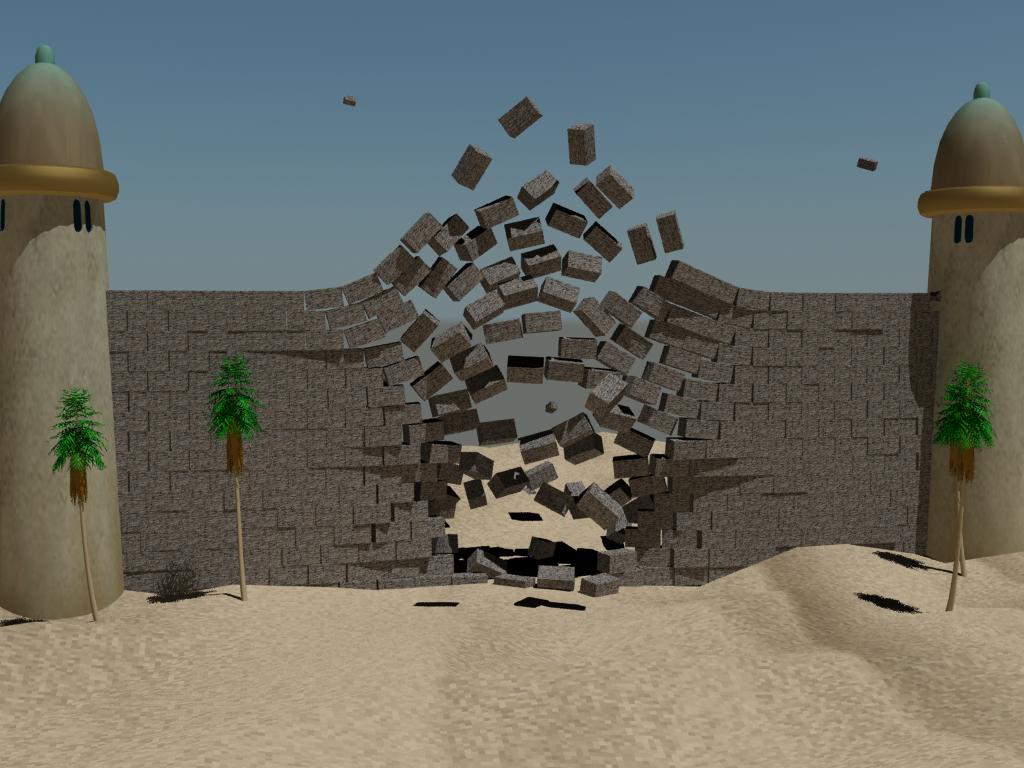
Figure 2: The destruction of this brick wall uses the MassFX simulation system to animate the brick's movements.
Substance Procedural Textures
For 3d graphics and models intended for the Web or for games, the Substance textures are very helpful. These procedural textures can be used to texture a scene with infinite variety without the overhead of large bitmaps. Substance textures are only a fraction of the size of normal textures, which makes them easier to download and use without sacrificing quality. And since the textures are procedurally based, you can quickly randomize any applied textures to add variety to the scene without having to create or load an entirely new bitmap.
3ds Max ships with 80 custom Substance textures including asphalt, concrete, corrugated metal, grass, road, bricks, stones, wood and diamond plate. More textures can be purchased from the Allegorithmic web site, the company behind the Substance technology.
Allegorithmic also makes a middleware utility, called Air, that can export Substance textures to the various game engines including Unreal Engine 3, Emergent's Gamebryo and Unity. Figure 3 shows several of the default Substance textures.
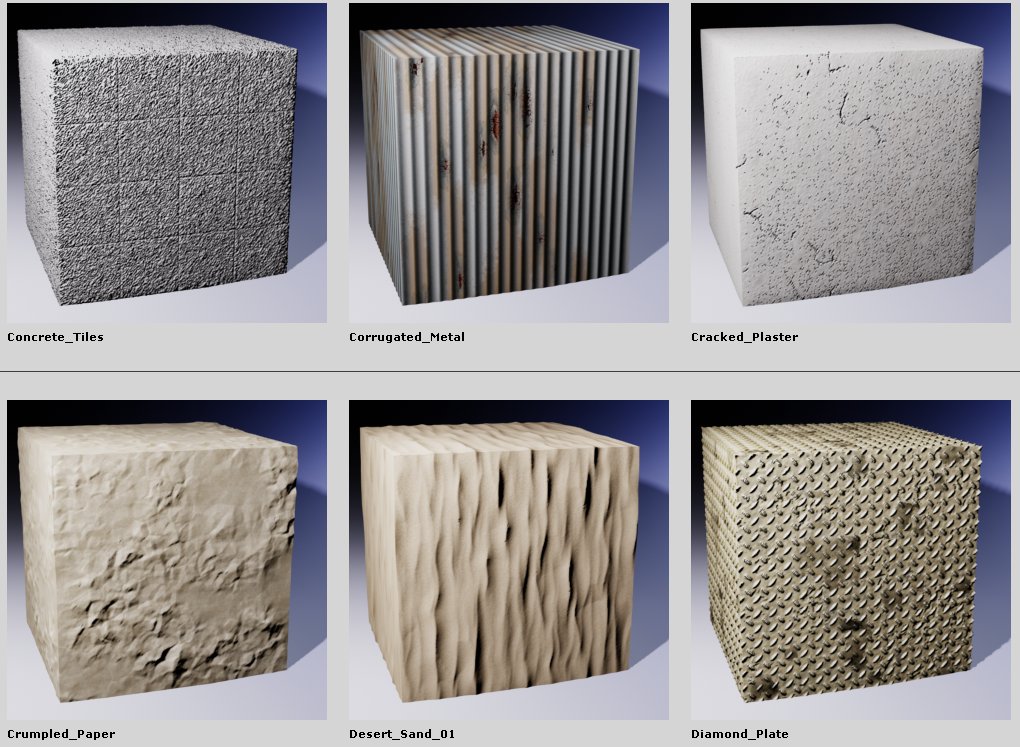
Figure 3: Substance textures are only a fraction of the size of normal bitmap textures
Redesigned UV Editor and the Peel Tools
The UV Editor in 3ds Max wasn't the easiest of panels to figure out, but the new redesigned panel is easier to grasp with buttons and icons instead of menus. It also includes the new Peel tools for unwrapping complex models quickly.
The new Peel tools are based on the Least Square Conformal Maps (LSCM) unwrapping method. They work by letting you drag and stretch out areas of the mesh and all attached polygons follow and flatten out like laying a fishing net out on the ground. You can also place pins to hold certain areas while moving others.
The UV Editor also includes some new grouping tools that let you group sets of UV spaces together so they move, rotate and scale as a group.
iray Renderer
The mental ray renderer is a great addition to 3ds Max, but it can be a real chore to configure for good results. 3ds Max 2012 also includes the new iray renderer as an addition to mental ray. This renderer was also created by mental images, the company behind mental ray, and it takes the guesswork out of configuring the renderer.
For iray, you simply tell it to start and it automatically processes the final gather and light bounces to give it the best results given the time that it has. The settings for iray are simple: tell it how long to render, how many iterations (or passes) to make or just set it to unlimited and stop it whenever it is good enough. The iray renderer continually refines the image until the designated time or passes is reached or until the user stops the process. The iray renderer is especially great for scenes including multiple lights, reflections, radiosity and bouncing light effects.
The one drawback of the iray renderer is that it can only use a specific set of materials including the Autodesk Material Library, and the Arch & Design materials. Any other materials will only show up as default gray. It can take some time to retrofit any existing scenes with the right materials, but for new scenes created with the right materials, it renders great results automatically.
Figure 4 shows two snapshots of an iray render. The left image was displayed after only a few seconds, but letting the render continue for several minutes resulted in the render on the right.
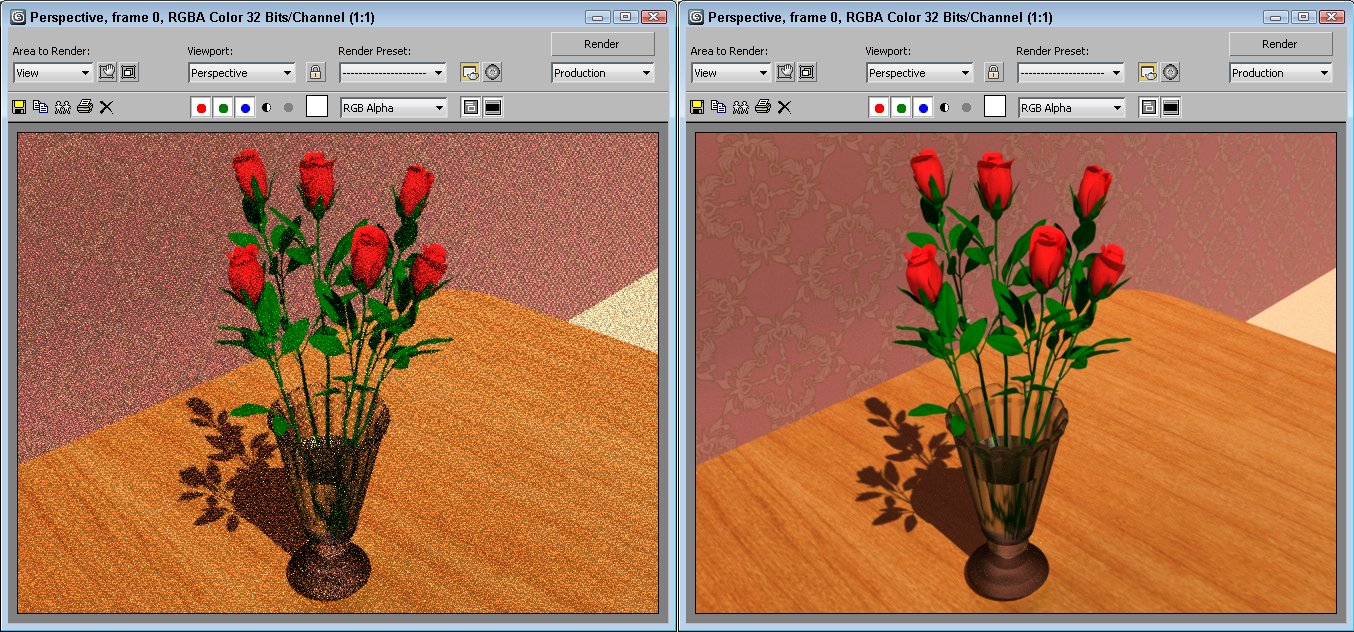
Figure 4: The iray renderer progressively improves the result given the amount of time
The iray renderer will take advantage of multi-core processors and has been optimized to be accelerated when used with an NVIDIA CUDA-enabled hardware.
Other Improvements
Another change for 2012 is that the 3ds Max help files are now posted in HTML format on the Autodesk.com web site. This ensures that the latest information is available to users. It also reduces the install size by not requiring the help files to be included. And if you still want a local copy, you can download a version to your hard drive. Although I appreciate the updated information, I found it a pain to have to wait for each help page to be downloaded when accessed during busy times.
Another key improvement is that the Slate Material Editor now includes undo and redo functions and can be navigated using the keyboard. The Viewport Canvas has been updated with a Clone tool that lets you copy textures from anywhere on the screen.
The Track Editor includes a new Region Tool that makes scaling and moving a dragged over section of keys easy.
On the modeling side, the Conform brushes are new to the Graphite Modeling tools. These brushes let you transform one object to conform to the surface of another and are great to adding details to objects such as a scar to a character's face. There is also a new Constrain to Spline option that deforms only areas adjacent to a selected spline. Finally, the ProOptimizer has been improved to be faster and more accurate. It also offers normal and UV interpolation.
Summary
3ds Max 2012 is another huge leap forward for the software. Over time we are seeing that revolutionary features like the reactor simulation system and the viewport rendering are being phased out in favor of even better, more robust systems such as the MassFX simulation system and the Nitrous viewport display drivers. This evolutionary track is great news for users.
In addition, 3ds Max continues to add the latest and greatest new technologies to the software such as Allegorithmic's Substance textures. In this way, the software improves using internal and external sources.
3ds Max is available as a stand-alone product or as part of the Entertainment Creation Suite, bundled with Mudbox, MotionBuilder and Softimage. For more information on 3ds max 2012, visit the Max product pages on Autodesk's web site.


